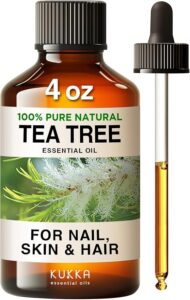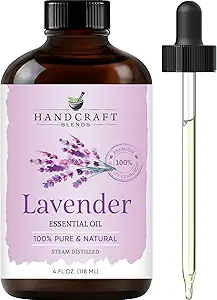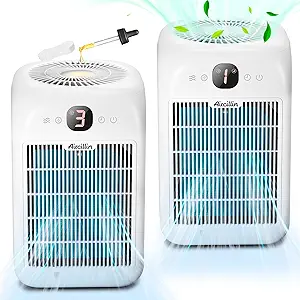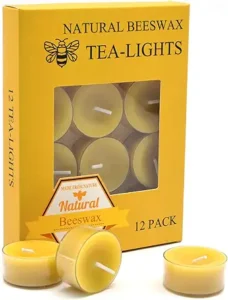
How to Detox Your Home for a Wholesome & Healthy Living Environment
Detox Your Home Today!
When we think about health and wellness, the first things that often come to mind are diet and exercise.
However, an essential part of wholesome living is often overlooked: the health of our home environment.
Many household items can introduce harmful chemicals into our living space from the cleaning products to the furniture we choose.
These toxins can affect the air we breathe, the surfaces we touch, and even our long-term health.
In this article, we’ll explore practical ways to detox your home, reduce exposure to toxins, and create a healthier, more sustainable environment.
Why Detoxing Your Home Matters
Most of us spend a significant amount of time indoors, especially at home.
Unfortunately, many common household products contain harmful chemicals that can affect your health over time.
Volatile organic compounds (VOCs), formaldehyde, and other toxins are often present in conventional cleaning supplies, furniture, and even the air.
Detoxing your home not only improves air quality but also reduces the risk of allergies, asthma, skin irritation, and long-term health issues such as hormonal imbalances and cancer.
Switching to non-toxic living isn’t just a trend—it’s a long-term investment in your well-being and the environment.
Reference:
* Volatile organic compounds’ impact on indoor air quality here.
* Formaldehyde’s Health Effects here.
Identifying Harmful Household Products
Before we talk about what to switch to, it’s important to identify the items that might be causing harm:
- Toxic Cleaners: Many household cleaners contain chemicals like ammonia, bleach, and phosphates, which can irritate the skin, eyes, and respiratory system.
- Furniture and Decor: Conventional furniture often contains formaldehyde, flame retardants, and other toxic finishes that release harmful gases over time.
- Air Pollutants: Indoor air can be up to five times more polluted than outdoor air due to the accumulation of dust, mold, pet dander, and toxins from household products.
Reference:
Natural Alternatives to Toxic Cleaners
The good news is that you don’t need harsh chemicals to keep your home clean. In fact, many natural alternatives are not only safer but just as effective:
- Vinegar and Baking Soda: This classic combination works wonders for cleaning most surfaces. Vinegar’s acidity cuts through grease while baking soda offers gentle abrasion.
- Lemon Juice: Great for cutting grease and disinfecting naturally, lemon juice can be used on countertops, sinks, and even windows.
- DIY Recipes: A mix of vinegar, water, and essential oils can replace most household cleaners. Add a few drops of tea tree oil or lavender for added antibacterial properties.
Must-Have:
Glass Spray Bottle – Refillable 16 oz container is great for essential oils, DIY cleaning products, and misting plants: purchase on Amazon.
Choosing Non-Toxic Furniture
Conventional furniture can off-gas toxic fumes for years. Here are a few things to consider when upgrading to non-toxic furniture:
- Materials to Avoid: Stay away from furniture made from pressed wood, particleboard, or materials treated with chemical flame retardants.
- Safe Alternatives: Opt for furniture made from solid wood, untreated wool, organic cotton, and natural latex. Look for certifications like GREENGUARD or OEKO-TEX for added assurance.
Using Air-Purifying Plants
Did you know that some plants are natural air purifiers? These houseplants can filter out harmful pollutants like formaldehyde and benzene:
- Top Choices: Spider plant, snake plant, peace lily, and aloe vera are some of the best plants for improving indoor air quality.
- Placement Tips: Keep these plants in areas where air quality matters most, like the living room, bedroom, and kitchen.
The Power of Essential Oils
Essential oils aren’t just for aromatherapy—they can also help detox your home:
- Lemon and Tea Tree Oil: These are natural disinfectants that can be added to cleaning solutions or diffused in the air to eliminate germs.
- Lavender Oil: Perfect for relaxing the mind and also known for its antibacterial properties.
When using essential oils, always dilute them properly and test for allergies, especially if you have children or pets.
Creating a Healthy Bedroom Environment
Your bedroom should be a sanctuary for rest, but it can also harbor toxins. Here’s how to detox your bedroom:
- Non-Toxic Bedding: Choose organic cotton or bamboo sheets to avoid exposure to synthetic materials treated with chemicals.
- Air Purification: Consider using an air purifier or opening windows regularly to ensure proper ventilation.
I recently purchased this set of air purifiers, my favorite function is the aromatherapy built-in diffuser. Your air will be crisp and clean with a burst of essential oils. Clean air is top tier 🌬
Water Filtration and Its Role in Detoxifying
Clean water is a vital part of a healthy home.
Tap water can contain contaminants like lead, chlorine, and pesticides, so it’s important to invest in a reliable water filtration system:
- Best Options: Look for filters that remove a wide range of impurities, including heavy metals, bacteria, and chemicals.
Natural Home Fragrances
While artificial air fresheners may smell pleasant, they often contain harmful chemicals. Instead, use these natural options:
- Soy or Beeswax Candles: These candles are free from harmful chemicals and produce cleaner, safer smoke.
- Essential Oil Diffusers: Use a diffuser for essential oils to freshen up your home without the toxic effects of synthetic fragrances.
Toxins in Personal Care Products
Your skincare products can affect your home’s overall toxin levels. Many beauty and personal care items contain chemicals that can contaminate surfaces and the air:
- Switch to Natural Products: Opt for brands that use organic, plant-based ingredients without parabens, sulfates, and artificial fragrances.
Detoxing Your Kitchen
The kitchen is another area where toxins can accumulate:
- Cookware: Avoid non-stick cookware made with Teflon or similar chemicals. Instead, choose stainless steel, cast iron, or ceramic options.
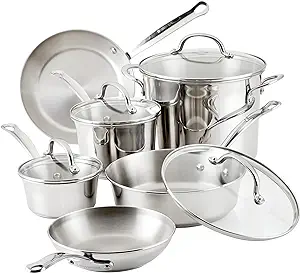
- Food Storage: Switch from plastic containers to glass or stainless steel to avoid harmful chemicals leaching into your food.
Detoxing the Laundry Room
Laundry products are often overlooked, but conventional detergents can contain harmful fragrances and chemicals:
- Eco-Friendly Detergents: Look for laundry detergents that are plant-based and free from synthetic fragrances, dyes, and phosphates.
Sustainable and Safe Home Decor
Even the decor in your home can impact the air quality. Here’s how to make healthier choices:
- Non-Toxic Paint: Choose low-VOC or VOC-free paints for your walls to reduce indoor air pollution.
- Green Fabrics: Opt for organic fabrics like cotton or wool for curtains, rugs, and upholstery.
Conclusion
Detoxing your home is an ongoing process, but every step you take brings you closer to a healthier, toxin-free environment.
By switching to natural cleaners, choosing non-toxic furniture, and incorporating air-purifying plants, you can create a space that not only looks great but also supports your well-being.
Remember, small changes add up over time, so don’t feel pressured to do everything at once.
Baby Steps!
FAQs
What are the benefits of detoxing my home?
- Detoxing your home reduces your exposure to harmful chemicals, improves air quality, and can enhance your overall well-being.
How can I start detoxing my home on a budget?
- Begin with small changes, like switching to natural cleaners and adding air-purifying plants. You can also DIY your own cleaning products.
Are natural cleaners as effective as traditional cleaners?
- Yes, many natural cleaners are just as effective, especially when combined with proper cleaning techniques.
What are some easy ways to improve indoor air quality?
- Use air-purifying plants, open windows for ventilation, and avoid using toxic products that release harmful fumes.
Can essential oils help detox my home?
- Yes, essential oils like tea tree, lemon, and lavender have natural antibacterial and antiviral properties, making them great for cleaning and freshening the air.
